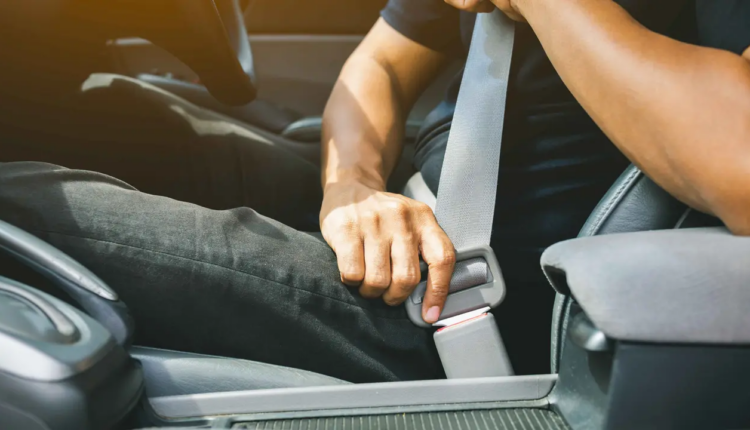Car seat belts are life savers, not car accessories: Understanding different types of child restraints and their importance
Ensuring the safety of our most precious passengers is a responsibility that should never be taken lightly.
Every time we buckle up our children in a vehicle, we are not just following a rule- we are making a conscious choice to protect their lives.
Child restraint systems are not just optional accessories for cars; they are essential guardians that can make all the difference in the event of an accident.
In this article, we delve into the different types of child restraints and their vital role in ensuring the well-being of our youngest passengers.
The World Health Organization (WHO) has declared that the main risk factor for young children being injured as a result of a road traffic collision is the lack of, or improper use of, an appropriate restraint.
The WHO warns that this risk could be significantly reduced through the use of child restraint systems (CRS).
Infants and children need child restraint systems that accommodate their size and weight and adapt to their different stages of development.
The three-point lap and diagonal seatbelts used by adults are not designed for children – their use in children may lead to abdominal or neck injuries and may not prevent ejection from the vehicle.
Appropriate child restraint systems are specifically designed to protect infants and young children from injuries during collisions or sudden stops by restraining their movement away from the vehicle structure and distributing the forces of a crash over the strongest parts of the body, with minimum damage to the soft tissues.
In line with global best practice, standard adult seatbelts are not advisable for children under 12 years as they do not fit this category of children properly.
This is where child restraint systems come in, offering the perfect fit for every stage: rear-facing for babies, forward-facing for toddlers and booster seats for older children.
Child restraint systems (CRS) are often used in conjunction with regular seatbelt configurations. Even after 12 years, seatbelts remain essential for teenagers whose bodies are still developing.
Rear-facing CRS (Infant car seats) provide the best protection for infants under one year (sometimes up to 15 months) and weighing 13kg and below.
At birth, an infant’s head is around a quarter of their total length and about a third of their body weight. The skull and rib cage are very flexible, and a relatively small impact can result in significant deformation of the skull and brain or a large compression to the chest wall onto the heart and lungs.
As children grow, they transition to forward-facing car seats with proper harness systems to keep them secure. These seats come in various weight and age categories to ensure a perfect fit.
The forward-facing car seats have two sub-categories: sub-category I am made for children who weigh between 9 and 18 kg and are within 9 months and 4 years; sub-category II is for children who weigh between 9 and 36 kg, and are within 9 months and 11 years.
Once children outgrow traditional car seats, booster seats provide the necessary lift for adult seatbelts to fit properly. This ensures the belt sits across their hips and chest, not their stomach and neck.
The booster seats are also in two sub-categories: sub-category I is recommended for children who weigh between 15 and 25kg and are between the ages of 4–6 years; and sub-category II is for children who are between 4 and 11 years and weigh between 15 and 36kg.
These weight and age differentiations are based on the United Nations Economic Commission for Europe (UNECE) regulation no. 44/04 (ECE R44/04), which is being phased out internationally.
There is, however, a new international regulation- UNECE regulation no. 129 (i-Size)- which rather emphasises the height of the child in centimetres. The categorisations for the i-Size Rear-facing baby seat for birth to 105cm; and forward-facing for 100-135cm (between 4 and 11 years).
It is always important to look at the label on the car seat to determine which specific car seat you need for your child. It must also be emphasized that although children are best protected when secured in age-appropriate child restraints, where such restraints are not available, it is still better to use an adult seatbelt for a child sitting in a back seat than to leave the child unrestrained.
Buckle up the Child! Because every journey, no matter how short, deserves the protection of seatbelts and child restraints!
Source: LADA Institute


Comments are closed.